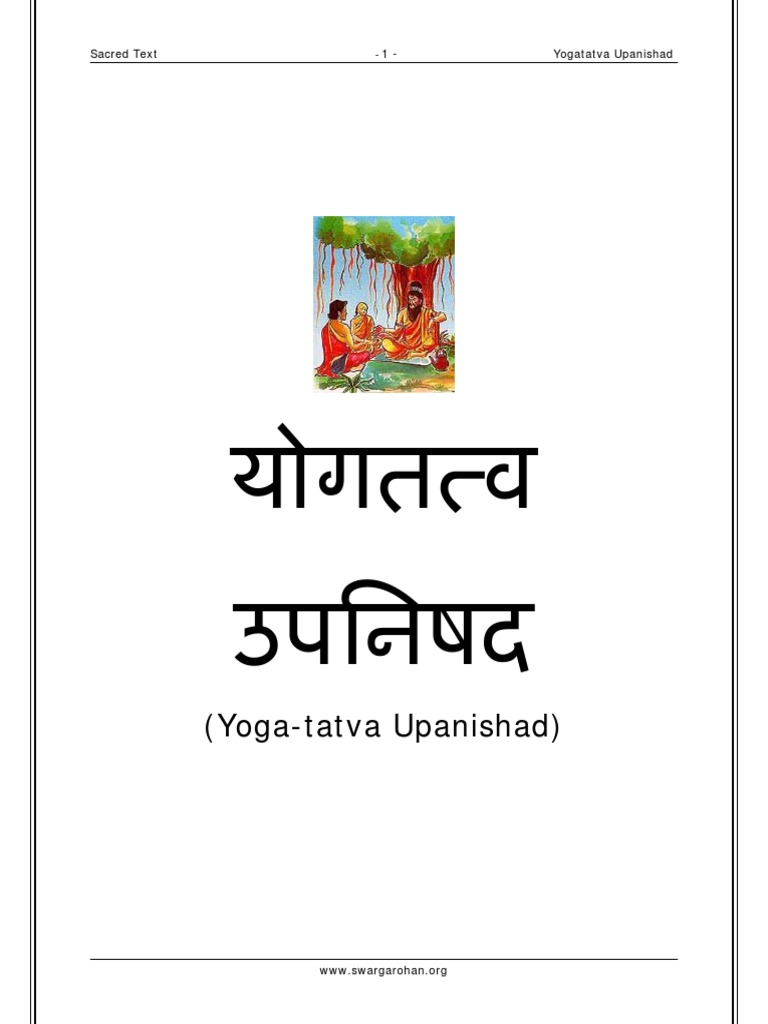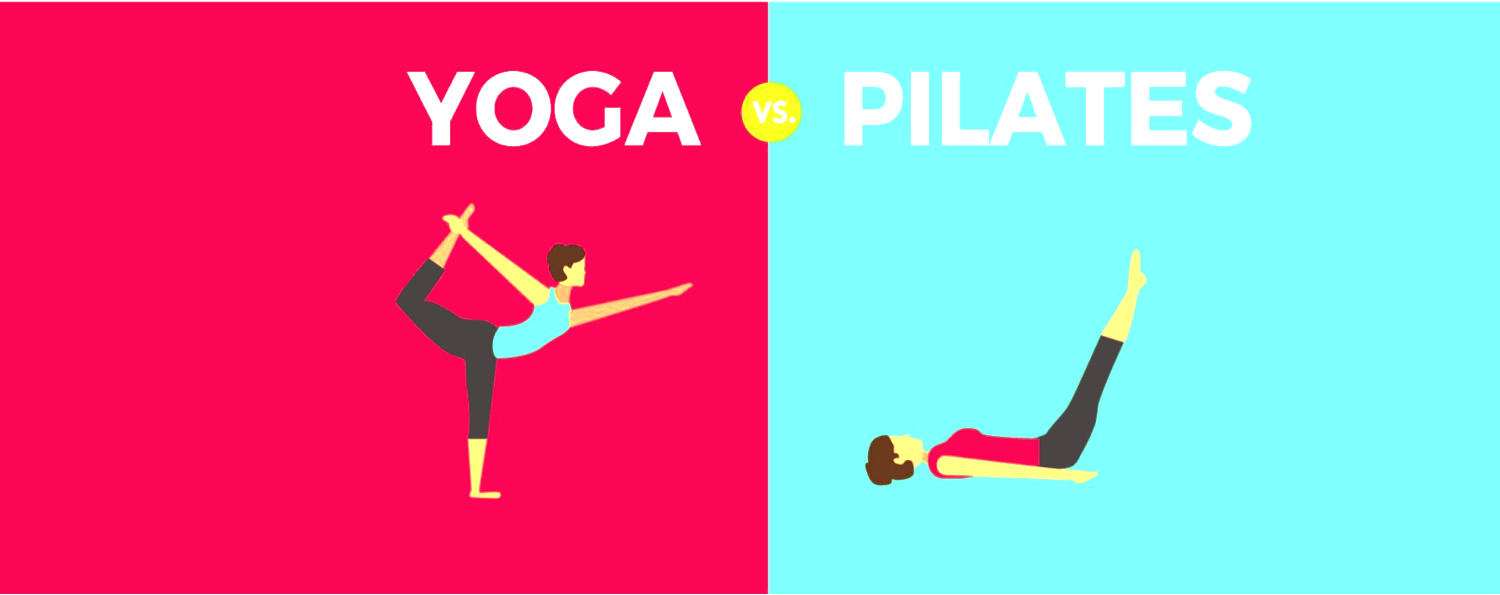
Many questions are possible during a yoga teacher program. It is an amazing experience to learn yoga. There are many styles and practices available. The different exercises and postures, known as asanas, purify the body and prepare it for meditation. We will be discussing some of the most frequently asked questions by yoga instructors.
It is possible to get muscle cramps from yoga
Avoiding overstretching is the first step in preventing muscle cramps when you practice yoga. Overstretching can cause muscle lengthening, which can alter reflex activities. A proper warm-up before you begin any deep stretching is essential. A good warm-up should be followed by gentle stretches, which should be held for 15 to 30 seconds.
Dehydration is another common cause of cramps. Hot yoga or moderate exercise can increase the likelihood of getting cramps. The body loses electrolytes when it sweats heavily while exercising.

Although there is no one cause for muscle cramps, they are a common side effect of intense training. Your muscles need to rest after a hard workout. Take a break from your workout to decrease the likelihood of cramps.
Ways to avoid getting muscle cramps in yoga
It's crucial to learn how to avoid muscle cramps when practicing yoga. These cramps may be caused by dehydration. They can happen during standing poses or other yoga poses. Although it's not the cause of all muscle cramps (dehydration is), it is an important cause.
A great way to avoid muscle cramps, is to pay attention to how you align your feet. If you are having difficulty getting into a pose and need to adjust your alignment, bend your knees slightly. A pillow or towel could be used under your ankle to help prevent cramps. A good tip is to place your toes under the foot. This will stretch your plantar sole.
Muscle cramps will be prevented by regularly stretching your muscles and keeping them flexible. Proper blood circulation is vital for healthy muscles. Regular stretching will help prevent cramps. Yoga is a good addition to your daily training regimen. It will reduce muscle tension and improve blood circulation.

Questions that are frequently asked during a teacher training in yoga
When you are considering a yoga teacher program, there are some questions that you might want to ask. It is important to be familiar with the terminology used during the program. Many yoga poses are named in Sanskrit and can be hard to remember. Traditional yoga teachers should be familiar with the correct names of the poses to avoid confusion.
It is also important to choose a qualified instructor and a training location. Not all yoga teachers are created equal. Some people are only in the field for the money, and some are simply not meant to be a teacher. Make sure you select a program that is led by an experienced and qualified instructor to avoid this.
FAQ
Is there a lot of sweating involved in yoga?
It depends on the type of yoga that you practice. Vinyasa flow yoga (or power yoga) involves a lot jumping, twisting or turning movements. It's not uncommon for people to sweat heavily when they practice yoga.
Hatha Yoga, by contrast, emphasizes forwarding bends as well as twists. Most practitioners won't sweat much because these poses aren’t too strenuous.
Is it possible to do yoga every day for beginners?
Yoga is a great way for you to stretch out and strengthen your body. It helps you relax as well as release stress. You don't have to be a yoga expert to start practicing it regularly. Aim to practice yoga 20 minutes per day for beginners.
This is enough time to get started. Gradually increase the time spent practicing.
I already do some kind of physical exercise. Can yoga still be beneficial to me?
Yes! Yoga can increase your training results even if it isn't physically demanding. Combine yoga with other fitness activities such as running or cycling, or lifting weights to get better results.
This is because yoga helps you focus on proper breathing techniques, which help you burn calories faster.
It can also increase your endurance. Yoga can be enjoyed by all levels of yoga, beginner to advanced.
Is yoga a good option for pain management?
For people with chronic back pain, yoga may be an effective treatment. It improves flexibility, balance, strength and stress management.
Before starting any type of exercise program, it is important to check with your doctor.
How long does it take to learn yoga?
Yoga is a long-term journey that requires patience and dedication. Truth is, everyone learns things at their own pace.
It doesn't really matter what age you are. If you're willing to put in the effort and work hard, any yoga routine can be achieved.
Statistics
- According to calorie estimates calculated at Harvard Medical School, the average 125-pound person burns about 120 calories in a half hour of hatha yoga, and a 185-pound person burns about 178 calories in that half hour. (everydayhealth.com)
- The American Psychological Association recently shared that 84% of American adults feel the impact of prolonged stress (5). (healthline.com)
- Start your Fall off right with 20% off All Access Membership when you sign up by 9/25! (corepoweryoga.com)
- About one in seven U.S. adults practiced yoga in the past 12 months, according to a 2017 national survey. (nccih.nih.gov)
- Lock in 25% off your Founding Member rate. (corepoweryoga.com)
External Links
How To
Is yoga a good workout?
Yoga isn’t only for those looking to lose weight. Yoga can help you improve flexibility, balance and coordination as well as strength, focus, calmness, and coordination.
Yoga isn't just exercise, but an art form. These poses can be used to help you relax and meditate. They help us to improve our posture, concentration, and breathing.
Yogis are those who practice yoga. Yogis follow various forms of yoga, including Hatha, Ashtanga, Iyengar, Vinyasa, Bikram, Kundalini, Yin Yang, and Restorative.
There are many types and styles of yoga. But they all share similar goals. Each type focuses differently on health and wellbeing. You can choose from meditation, pranayama or Hatha yoga.
You don't need any equipment for some yoga exercises:
-
Sun Salutation: This series of 12 postures begins with a forward bent, and then 10 additional poses.
-
Warrior pose - This is when you hold a stick or a staff and take a warrior's pose.
-
Triangle Pose: This is where one leg is lifted behind the other and you bend at your knees.
-
Standing Forward Bend- This is when you lie down straight on the ground, with your legs straight. Then, fold forward to the waist.
-
Seated Twist: This is a pose that can be done while seated on a mat or in a chair.
-
Cobra Pose is a position where you lie on your side, with your arms in front.
-
Child's pose - This is when you are lying on your back, face up.
-
Cat/Cow Pose- This is a combination of a cat/cow pose. Keep your head down and raise your upper body above the ground. Then roll over onto your side and place your hands under your shoulders.
-
Head Tilt – This pose involves tilting your head back, while your eyes are closed.
-
Shoulder Stand – This is a standing position in which your feet are raised above your head.
-
Tree Pose: This pose requires you to kneel on your knees, with your hands under your shoulders.
-
Bow Pose – Bend forward from the hips to complete this pose. Then, place your palms on top of the ground and bend forward.
-
The corpse pose is held for five to ten minutes.
-
Mountain Pose - The mountain pose is where you stand tall while your spine is straight.
-
Legs up the Wall Pose: This pose requires that you hang upside-down on a wall.
-
Side Angle Pose – This is achieved by leaning against the wall and placing your right arm near the wall.
-
Plank Position - This position is achieved when you lie flat on your stomach and extend your left arm and right foot away from each other.
-
Bridge Pose – Balance on your elbows while balancing on the toes in this pose.
-
Reverse Table Top Poses - To achieve this pose, lie on your stomach while reaching your arms toward your ceiling.
-
Handstand - This pose requires balance and strength. To do this pose, you can either hold yourself between two walls or a door frame.
-
Half Moon Pose also known as Hero Pose. It is performed by standing on your hands and toes.
-
Handstand or Headstand - This pose requires balance and strength. You can do this pose on a wall (or using a doorframe).
-
Forearm Balance -- This pose involves your forearms resting on top of a tabletop.
-
Spinal Twist - This pose lies on your belly while reaching your arms.
-
Supported Bound Angle Pose - This pose requires support and balance. You will need to find a sturdy object like a tree branch or an old beam to lean on.
-
Wide Leg Forward - This position involves extending your legs and touching your toes.
-
Single Pigeon Pose: This is a variation of the forward-folding wide-leg position, but with only one leg.
-
Extended Puppy Dog Pose - This pose is very relaxing. You can do this by extending your legs and bending your knees.
-
Standing Forward Bend - This is a pose where you are seated cross-legged, stretching your calves and hamstrings.
-
Crow Pose - This pose is difficult to do but very rewarding once you master it. The trick is to raise your arms higher than your head and lower them so that they touch the ground.